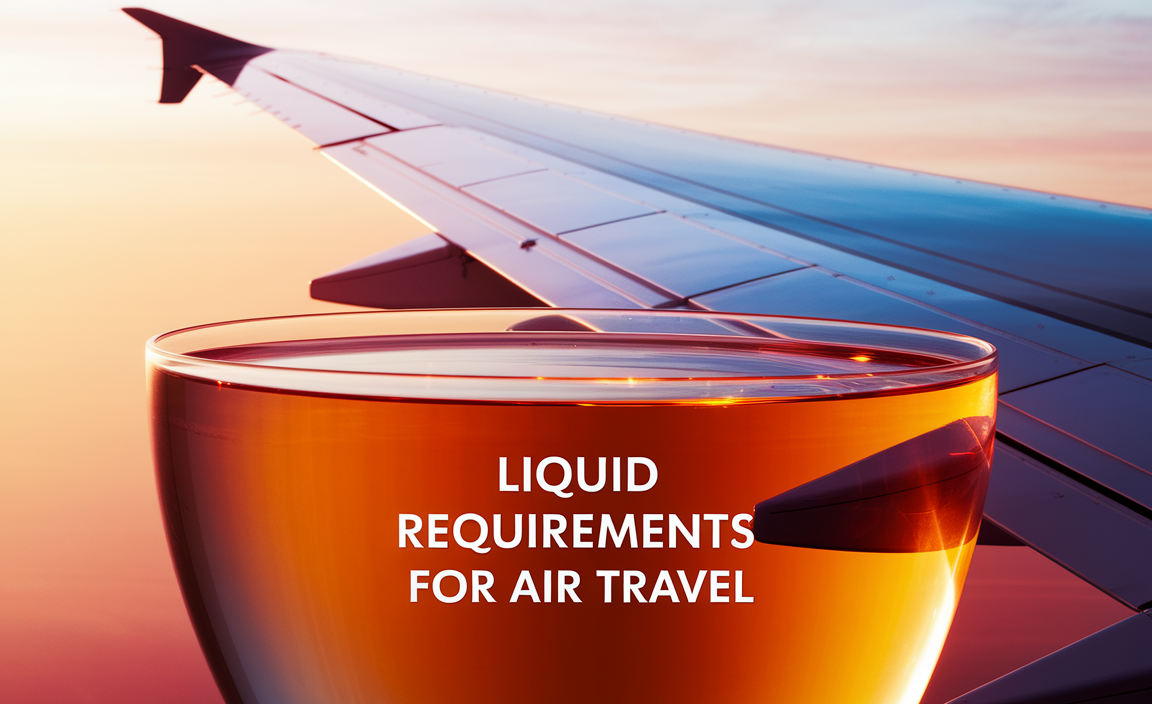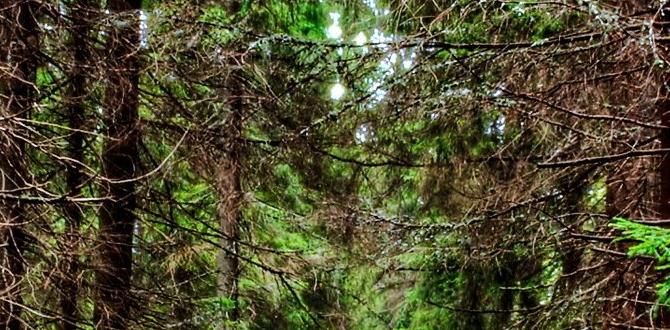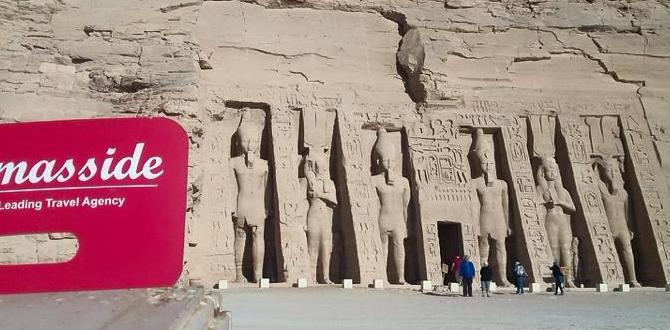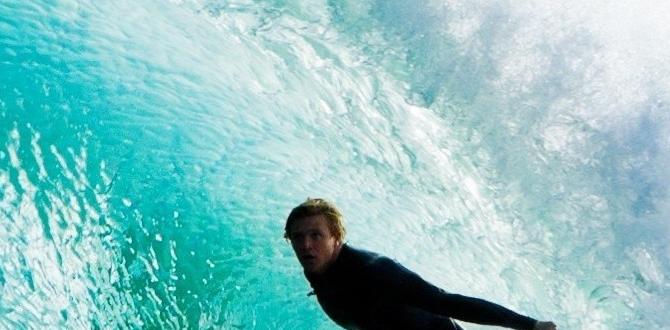Your Banff Road Trip Base Guide: Plan a Stress-Free Adventure with Confidence! Discover the best ways to structure your trip, understand essential stops, and pack smart for an unforgettable Rocky Mountain experience.
Planning a road trip to Banff can feel overwhelming, with stunning sights around every turn. But figuring out where to stay and how to organize your days shouldn’t be the hardest part of your adventure. Many travelers worry about missing out on key attractions or booking accommodations that aren’t convenient. This guide is here to make it simple. We’ll break down how to choose the perfect base, essential stops, and what to pack, ensuring your Banff road trip is comfortable and exciting.
Your Banff Road Trip Base Guide: Essential Adventure Planning
Banff National Park is a gem in the Canadian Rockies, offering breathtaking landscapes, abundant wildlife, and endless adventure opportunities. For first-time visitors and seasoned travelers alike, establishing a “base” is key to maximizing your experience. A well-chosen base camp allows you to explore more efficiently, reduce travel time between attractions, and truly immerse yourself in the park’s magic. This guide is designed to be your go-to resource, simplifying the planning process so you can focus on the awe-inspiring beauty of Banff.
Why a Base Camp is Crucial for Your Banff Road Trip
Think of your base camp as your home away from home. It’s the central point from which you’ll launch your daily explorations. Without a strategic base, you might find yourself spending too much time driving back and forth, or worse, missing out on activities because you’re too far away. A good base means less stress and more time enjoying:
- Iconic lakes like Lake Louise and Moraine Lake.
- Charming towns like Banff and Canmore.
- Spectacular hiking trails for all levels.
- Wildlife viewing opportunities.
- Scenic drives such as the Icefields Parkway.
Choosing the right base depends on your priorities: convenience, budget, atmosphere, and the types of activities you plan to do. Let’s dive into the best options.
Choosing Your Banff Road Trip Base: Town vs. Nearby Towns
When it comes to a Banff road trip base, you have a few excellent options, each offering a slightly different experience. The main decision often comes down to staying within the national park boundaries or basing yourself in a nearby town.
Option 1: Staying in Banff Townsite
Banff townsite is the heart of the national park and is often the most desired location for a Banff road trip base. It’s bustling, convenient, and puts you right in the middle of the action.
Pros of Staying in Banff Townsite:
- Unbeatable Proximity: You’re minutes away from major attractions, hot springs, shopping, and dining.
- Vibrant Atmosphere: Banff is a lively town with plenty of restaurants, pubs, shops, and tour operators.
- Shuttle Access: Many popular spots, especially during peak season, have shuttle services from town, often reducing the need to find parking.
- Amenities: You’ll find everything you need, from grocery stores and banks to pharmacies and medical services.
Cons of Staying in Banff Townsite:
- Higher Costs: Accommodation and dining can be significantly more expensive due to its prime location.
- Crowds: Being the most popular spot, Banff townsite can get very crowded, especially during summer.
- Parking Challenges: Finding parking, especially in the core downtown area, can be difficult and costly.
Option 2: Staying in Canmore
Just a 20-minute drive east of Banff townsite, Canmore offers a more laid-back and often more affordable alternative. It’s a gateway to the mountains with its own unique charm.
Pros of Staying in Canmore:
- More Affordable Accommodation: Generally, hotels and vacation rentals in Canmore are less expensive than in Banff.
- Less Crowded: While still popular, Canmore tends to feel less congested than Banff townsite.
- Local Feel: It has a more residential and local atmosphere, with excellent local restaurants and shops.
- Easy Access to National Parks: You’re still incredibly close to Banff, Kootenay, Yoho, and Jasper National Parks.
- Greater Accommodation Variety: More options for condos and vacation rentals, which can be great for families or longer stays.
Cons of Staying in Canmore:
- Slightly Longer Drive: You’ll have an extra 20-minute drive to Banff townsite and its immediate attractions.
- No Park Pass Required for Entry: While you don’t need a park pass to stay in Canmore, you will need one to enter Banff National Park for any activities.
- Limited Public Transport to Park Attractions: Getting from Canmore to specific trailheads or viewpoints often requires a personal vehicle or a pre-booked tour.
Option 3: Staying in Lake Louise
For those who dream of waking up to iconic mountain vistas, Lake Louise offers a unique, albeit more remote, experience. It’s more about the natural setting than town amenities.
Pros of Staying in Lake Louise:
- Unparalleled Scenery: You are literally at the doorstep of the world-famous Lake Louise and close to Moraine Lake.
- Peace and Quiet: Experience the mountains with fewer crowds, especially in the early mornings and evenings.
- Early Access to Attractions: Wake up for sunrise at the lakes or beat the crowds to popular hikes.
Cons of Staying in Lake Louise:
- Extremely Limited Options: Very few hotels, and they are typically very expensive.
- Lack of Amenities: Limited dining, shopping, and other services. You’ll need to drive to Banff or Canmore for most needs.
- Isolation: It’s a beautiful place to stay, but you’ll be further from other amenities and a more central base for exploring the entire park.
Essential Stops for Your Banff Road Trip Itinerary
No matter where you choose to base yourself, there are several must-see destinations that form the backbone of any Banff road trip. Planning your days around these will ensure you experience the park’s highlights.
Banff Townsite and Surrounds
- Banff Gondola: Ascend Sulphur Mountain for panoramic views.
- Banff Upper Hot Springs: Relax in the natural mineral hot springs.
- Bow Falls: A beautiful waterfall easily accessible from town.
- Surprise Corner: Offers a classic postcard view of the Fairmont Banff Springs Hotel.
- Johnston Canyon: A popular hike with catwalks through a stunning canyon to lower and upper falls. (Requires shuttle or pre-booked parking in peak season).
The Iconic Lakes
These are the “must-dos” of any Banff trip and are often the most visited spots. Access can be challenging in peak season, so plan accordingly.
- Lake Louise Village: Home to the Fairmont Chateau Lake Louise and the stunning lake.
- Moraine Lake: Famous for its vibrant blue color and the Valley of the Ten Peaks. Note: Access to Moraine Lake Road is restricted to Parks Canada shuttles, Roam Public Transit, and commercial operators for personal vehicles starting in 2023. Visitors can access Moraine Lake via a shuttle service from the Lake Louise Park and Ride.
- Peyto Lake: Known for its unique wolf-like shape viewed from the Bow Summit viewpoint.
Scenic Drives
- Bow Valley Parkway (Highway 1A): A slower, scenic alternative to Highway 1 between Banff and Lake Louise. It offers excellent wildlife viewing opportunities and access to Johnston Canyon.
- Icefields Parkway (Highway 93 North): Consistently ranked as one of the most scenic drives in the world, connecting Banff to Jasper. Key stops include:
- Bow Lake
- Peyto Lake Viewpoint
- Mistaya Canyon
- Athabasca Glacier & Columbia Icefield Centre
- Sunwapta Falls
- Athabasca Falls
Wildlife Viewing
Banff is home to abundant wildlife. Always maintain a safe distance and never feed the animals. Popular spots include:
- Bow Valley Parkway
- The Minnewanka Loop (near Banff townsite)
- Early mornings and evenings are often the best times.
Packing Essentials for Your Banff Adventure
The weather in the Canadian Rockies can be unpredictable, even in summer. Packing smart is key to comfort and preparedness.
Must-Have Gear
- Layers, Layers, Layers: Temperatures can fluctuate dramatically. Pack a moisture-wicking base layer, an insulating mid-layer (fleece or down jacket), and a waterproof/windproof outer shell.
- Rain Gear: A waterproof jacket and pants are essential.
- Sturdy Hiking Shoes/Boots: Broken-in footwear with good traction is a must for trails.
- Comfortable Walking Shoes: For exploring townsites and easier paths.
- Warm Hat and Gloves: Even in summer, mornings and evenings can be chilly at higher elevations.
- Sun Protection: Sunscreen, sunglasses, and a wide-brimmed hat. The sun is intense at altitude.
- Insect Repellent: Especially important from late spring through summer.
- Reusable Water Bottle: Stay hydrated and reduce plastic waste.
- Backpack: A daypack for carrying essentials on hikes.
- Camera: To capture the stunning scenery.
- Binoculars: For wildlife spotting.
- Bear Spray: Crucial for hiking, especially on less-trafficked trails. Know how to use it. You can purchase or rent this in Banff or Canmore.
For Families and Specific Needs
Traveling with children or managing specific personal care needs requires extra thought. For parents, having reliable supplies is paramount.
- Diapers: Pack more than you think you’ll need, especially if toilet facilities are scarce on trails. Consider swim diapers if you plan on visiting hot springs or lakes. Travel-sized diaper disposal bags are also useful. For adults, if you require adult diapers for long drives or managing incontinence, packing discreet and comfortable options like Knix’s specialized period and leakproof underwear (which can also serve for light incontinence) can offer peace of mind.
- Snacks: Particularly important for kids. Trail mix, granola bars, fruit.
- First-Aid Kit: Including bandages, antiseptic wipes, pain relievers, and any personal medications.
- Comfort Items: A favorite toy or blanket for children.
Tip: Many shops in Banff and Canmore sell outdoor gear, but prices can be higher. It’s often best to purchase essentials like bear spray and specialized clothing before you arrive.
Travel Tips for Banff Road Trip Success
Banff is a national park managed by Parks Canada. Understanding their regulations and best practices will enhance your trip.
Parks Canada Pass
You need a Parks Canada Discovery Pass to enter Banff National Park. You can purchase these online in advance or at park gates.
- Day Passes: Valid for 24 hours.
- Discovery Passes: Valid for a full year and cover all national parks in Canada. This is generally more cost-effective for longer trips or if you plan to visit multiple parks.
You can buy your pass here: Parks Canada Discovery Pass.
Reservations & Bookings
- Accommodation: Book well in advance, especially for summer and holiday periods.
- Lake Louise & Moraine Lake Access: As mentioned, reservations for shuttles or commercial transport are often required, particularly for Moraine Lake. Check the Parks Canada website for the most up-to-date information on access and booking.
- Banff Gondola & Other Attractions: Booking popular activities ahead of time can save you waiting in long lines.
- Campgrounds: If you plan to camp, reservations are essential and can be booked months in advance through Parks Canada Reservation Services.
When to Visit Banff
Each season offers a unique Banff experience:
| Season | Pros | Cons | Key Activities |
|---|---|---|---|
| Spring (April-May) | Fewer crowds, lower prices, wildflowers begin to bloom, spring skiing still possible. | Snow can linger at higher elevations, some trails may be closed, lakes might still be frozen. | Hiking (lower elevations), skiing, wildlife spotting. |
| Summer (June-August) | Warmest weather, all attractions accessible, vibrant atmosphere, long daylight hours. | Peak crowds, highest prices, booking essential, parking challenges. | Hiking, canoeing, scenic drives, wildlife viewing, photography. |
| Fall (September-October) | Beautiful fall colors (especially larch trees), fewer crowds than summer, crisp air, good wildlife viewing. | Weather can be unpredictable, snow possible at higher elevations, daylight hours shorten. | Hiking, photography, scenic drives, wildlife viewing. |
| Winter (November-March) | Snow sports galore, stunning snowy landscapes, fewer crowds, cozy atmosphere. | Cold temperatures, limited daylight, some roads and trails closed, lakes frozen. | Skiing, snowboarding, ice skating, snowshoeing, winter photography. |
Driving in Banff
Road conditions can change rapidly. Always check the Alberta 511 website for current road reports before you travel, especially during shoulder seasons and winter.
- Speed Limits: Adhere strictly to posted speed limits.
- Wildlife on Roads: Drive cautiously, especially at dawn and dusk. If you see wildlife, pull over safely if possible, keep your distance, and never feed them.
- Parking: Parking at popular spots like Lake Louise and Moraine Lake is extremely limited and often requires reservations or the use of park-and-ride shuttles during peak season.
Frequently Asked Questions
Q1: What is the best town to stay in for a Banff road trip?
The best town depends on your priorities. Banff townsite offers the most convenience and atmosphere but is pricier and busier. Canmore is a great, often more affordable, alternative with a local feel, just a short drive away. Lake Louise is ideal for ultimate scenic immersion but has limited services.
Q2: Do I need a Parks Canada pass to stay in Banff?
Yes, if you are staying within Banff National Park boundaries (including Banff townsite and Lake Louise), you need a Parks Canada Discovery Pass. If you choose to stay in Canmore, you do not need a pass for your accommodation, but you will need one to enter Banff National Park for any activities or sightseeing.
Q3: When is the best time to visit Banff?
Summer (June-August) offers the warmest weather and full accessibility, but it’s also the most crowded and expensive. Fall (September-October) is beautiful with fewer crowds and stunning colors. Spring (April-May) sees fewer people but potential snow. Winter (November-March) is perfect for snow sports and a winter wonderland feel.
Q4: How can I avoid crowds in Banff?
Visit during the shoulder seasons (spring or fall), go during the week instead of on weekends, start your days very early (before 8 AM) or stay out later in the evening. Utilize shuttle services for popular spots like Lake Louise and Moraine Lake, as these often have more reliable access than driving yourself and searching for parking.





